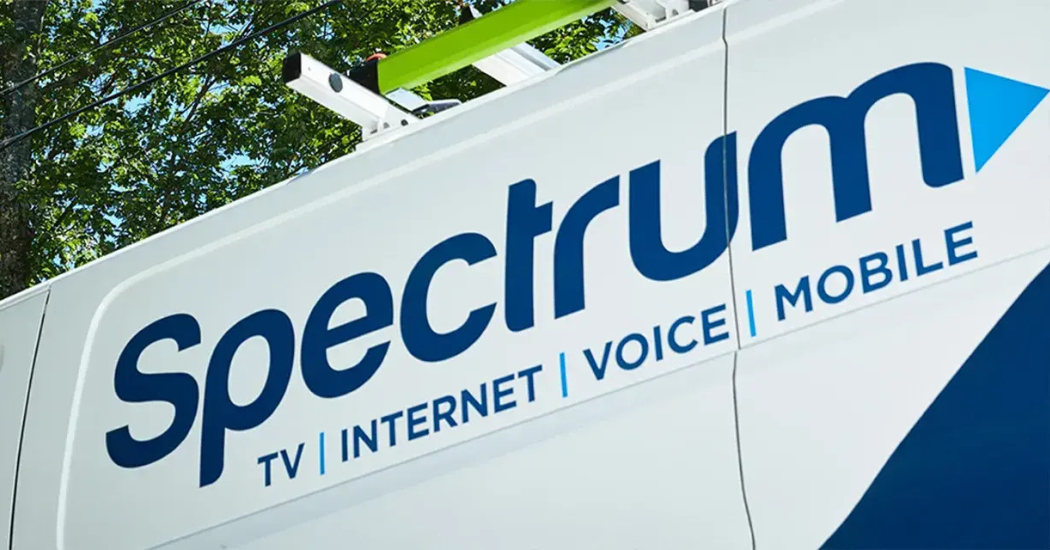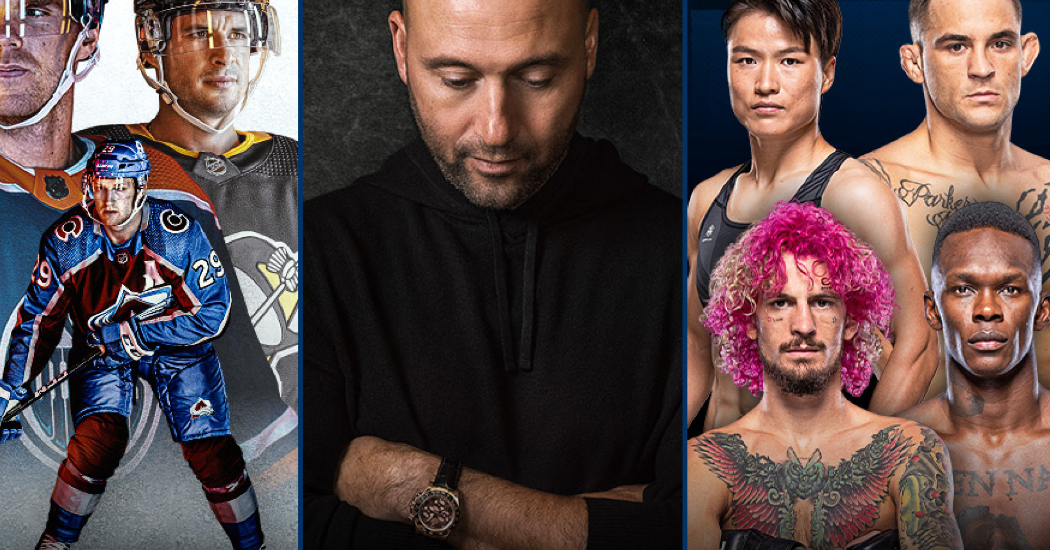Charter Communications Carriage Dispute with Disney Gives Birth to a New “Bundle” of Joy

Carriage fee disputes between broadcasters and multi-channel video programming distributors (MVPDs), (cable operators like Xfinity and Spectrum; satellite operators like Dish and DirecTV) are nothing new, but the outcome of this month’s battle between The Walt Disney Company and Charter Communication’s Spectrum Cable might be a watershed moment in the industry. It may still be too early to judge, but if other cable providers take a similar approach with broadcasters in their upcoming fee negotiations it may speed the decline of linear television even more rapidly than we’ve already experienced in the past few years.
What’s a Carriage Fee?
First, let’s look at how this landmark deal came to be. Since the first days of cable and satellite TV, networks charged the operators a fee per subscriber to carry their networks on their systems, hence the term carriage fee. Even as cable and satellite subscriptions are declining, networks still generate significant revenue from these fees (estimated to be in the range of $10-$15 billion annually). As these systems shed subscribers, networks have tried to maintain their revenues by increasing fees. And when the operators just pass those costs along to their customers, the higher cable bill motivates more customers to cut the cord. It is a vicious cycle.
The other part of the carriage equation is bundling, where networks will only allow distributors to carry an entire set of networks – each adding to the carriage fee – or none at all. Like the fees, this is another instance where operators pass that along to their consumers, forcing them to subscribe to bundles of networks versus allowing them to build bespoke packages of networks. For every ESPN you really want, there’s a Freeform you may have to take to get it, which leads to a higher cable bill and adds to the vicious cycle even more.
When Disney’s carriage fees came up for renewal this year, Spectrum pushed back, but not for the normal reasons. Spectrum actually agreed to an increased fee with Disney, with conditions. What really concerned Spectrum was that Disney was offering less value in their network programming, because they were taking their best content and reserving it for their streaming services like Hulu and Disney+. So, instead of the typical negotiating stance of requesting lower prices, Spectrum asked that Disney bundle their streaming services with their linear content to Spectrum subscribers at no additional cost. As Charter’s President and CEO Chris Winfrey argued, “[The] very rich linear fees that our customers are paying to the programmers are then being funneled into direct-to-consumer products not available to them unless they pay twice …”
Disney balked at the request, and then things got ugly. As the carriage agreement lapsed, Spectrum subscribers lost access to Disney channels on the system. Most notably, the blackout came heading into coverage of the U.S. Open Tennis Championships, the opening weekend of college football, and was resolved only hours before the kickoff of Monday Night Football. During the blackout, Spectrum ran messages blasting Disney’s greed and encouraging subscribers to switch to Fubo to access sports normally available on ESPN. In return, Disney released a statement saying in part that, “It’s unfortunate that Charter decided to abandon their consumers by denying them access to our great programming… [the] question for Charter is clear: Do you care about your subscribers and what they’re telling you they want—or not? Disney stands ready to resolve this dispute and do what’s in the best interest of Charter’s customers.”
In the end, both sides got some of what they wanted. Disney agreed to offer their streaming bundles to Spectrum subscribers at a discount, not for free. Spectrum will continue to carry the Disney linear channels, passing along higher carriage fees to subscribers.
Implications for Future Negotiations
Most importantly, this will likely represent a trend for future content carriage negotiations. Every major broadcaster is heavily invested in the future of streaming, and every cable operator is less dependent on the cable TV business for their profits. The real revenue generator for them these days lies in selling their customers high-speed broadband—and you can’t enjoy streaming services without broadband. As more subscribers shift from linear to streaming, more cable MVPDs will redefine their business as broadband providers first and cable TV providers second, if at all.
As the Charter battle pointed out, many content providers like Disney, Warner Bros. Discovery, and NBCUniversal have built their streaming services on the profits from their linear carriage fees and advertising revenue. Do those economics still work in a streaming only landscape? Or are they slowly killing off their golden goose? Based on current consumer trends, it will be a few years before they have to answer that question. In the meantime, keep a close watch on the next carriage fee fight to see if it gives birth to a new linear/streaming bundle.
This article is featured in Media Impact Report No. 49. View the full report here.
